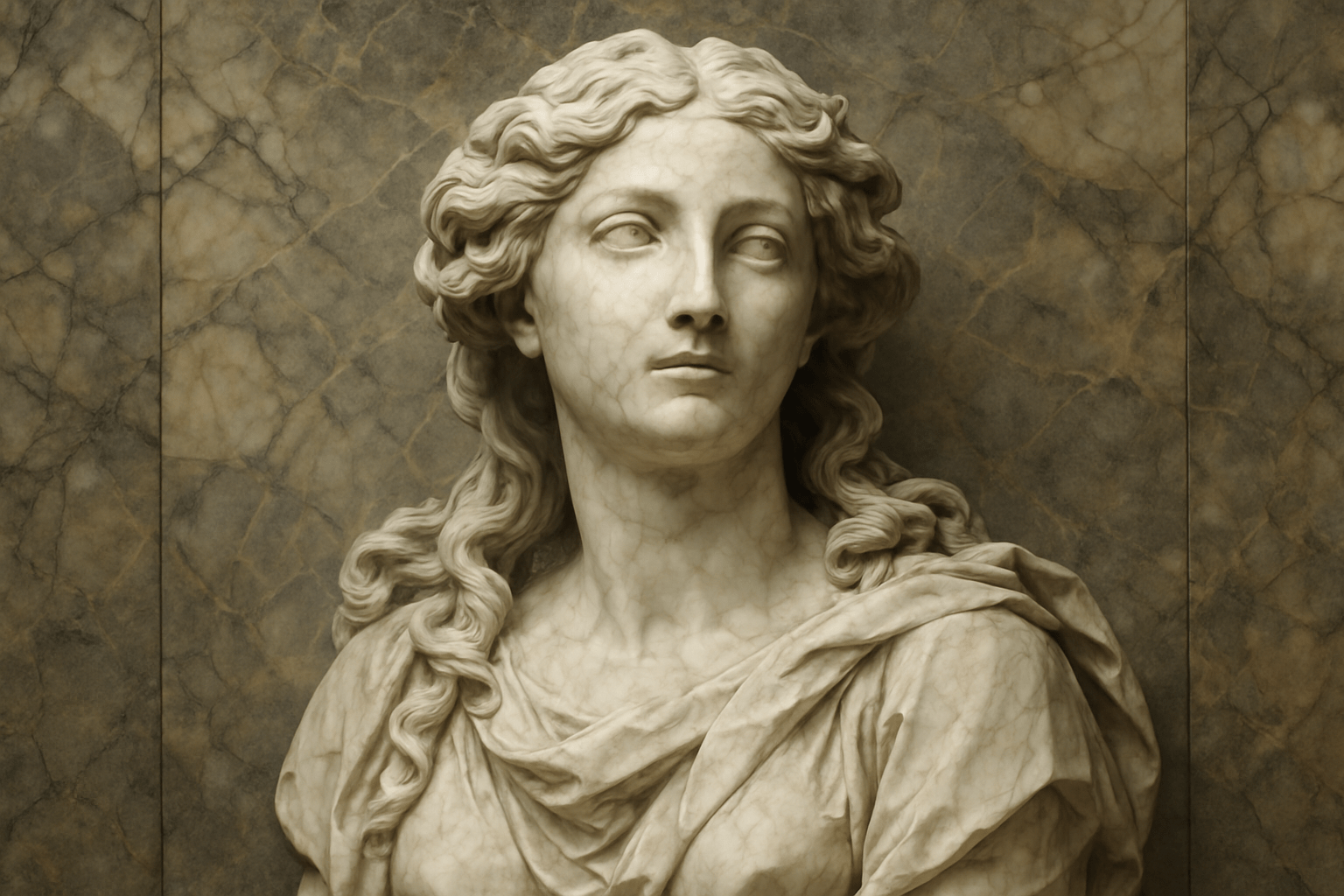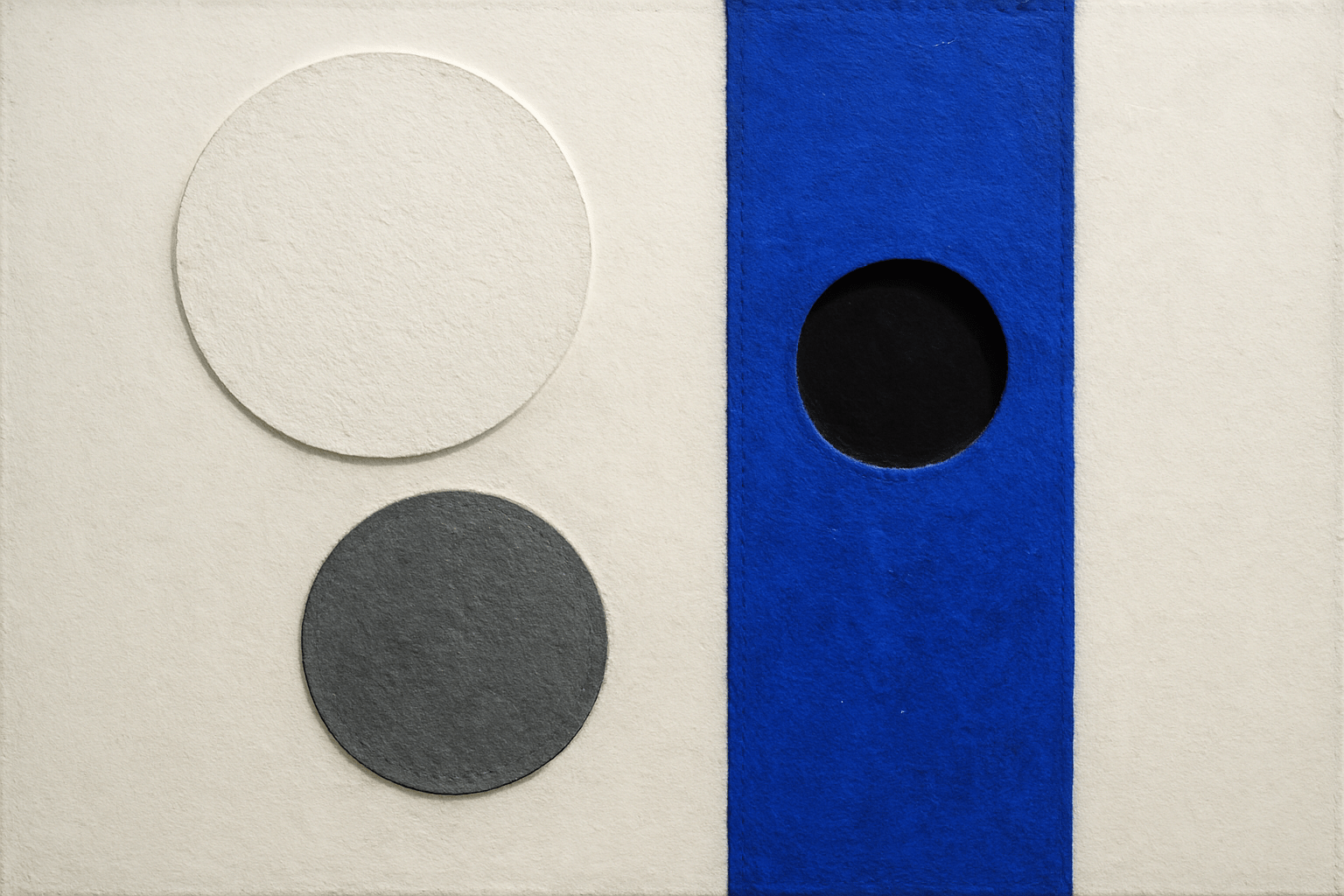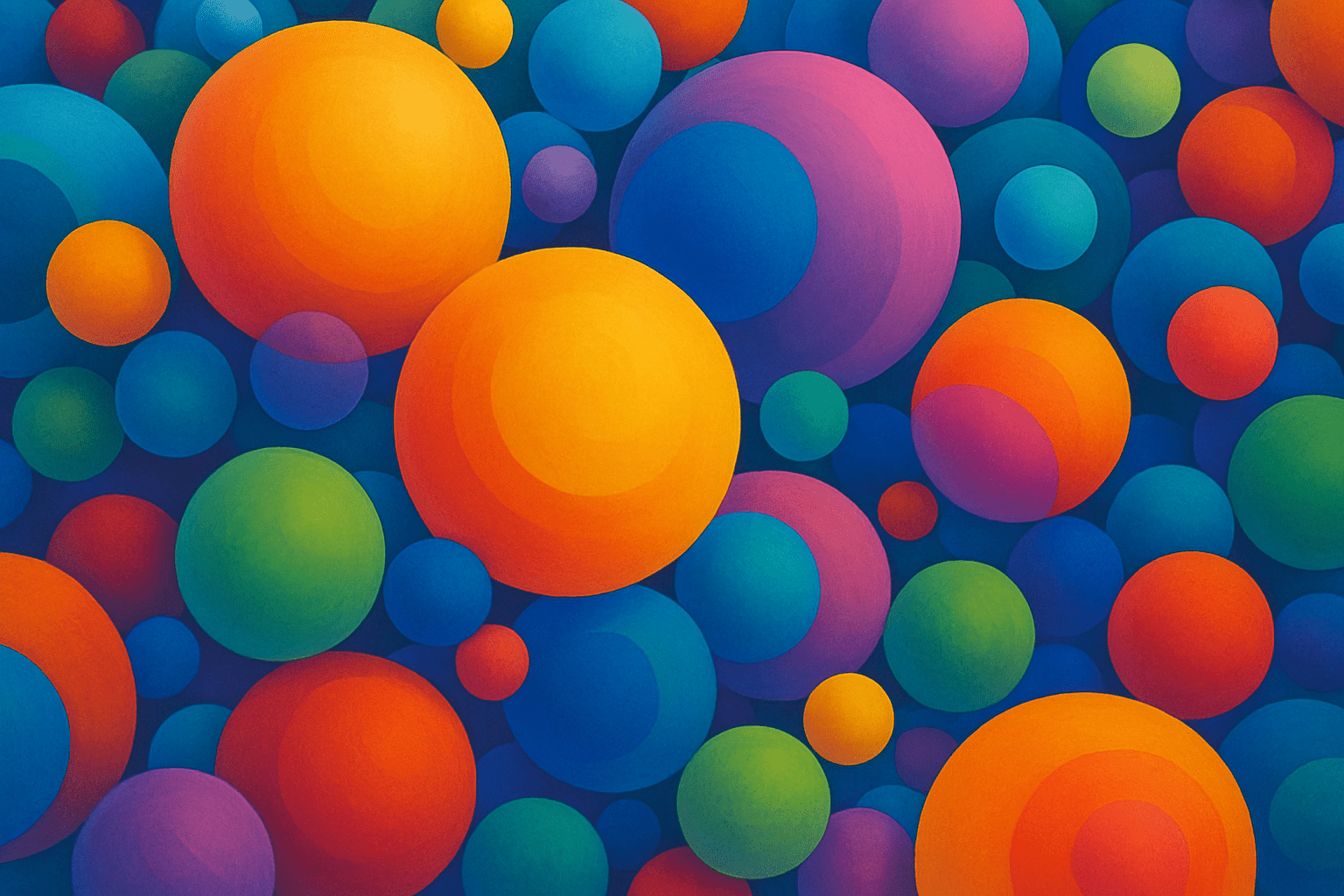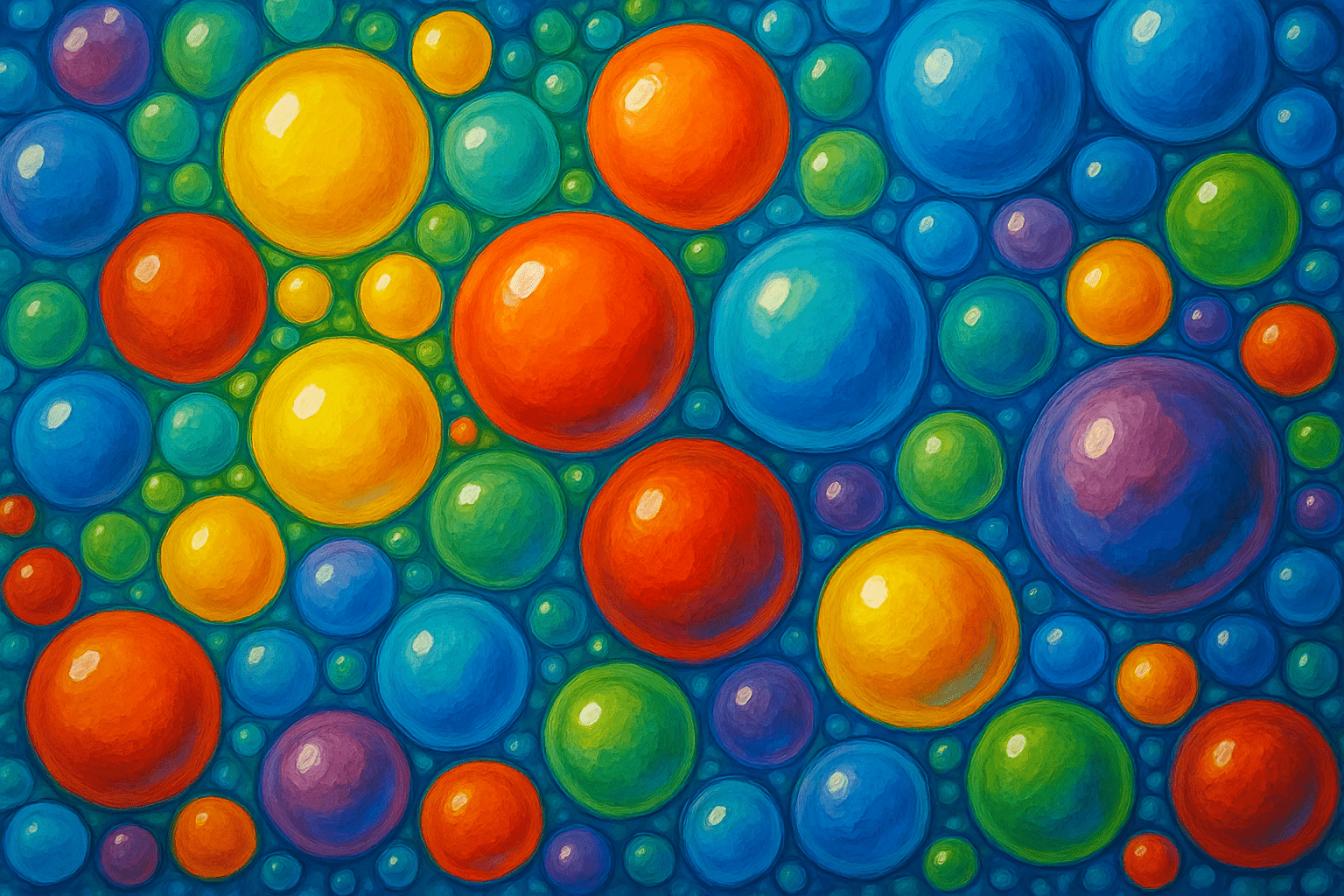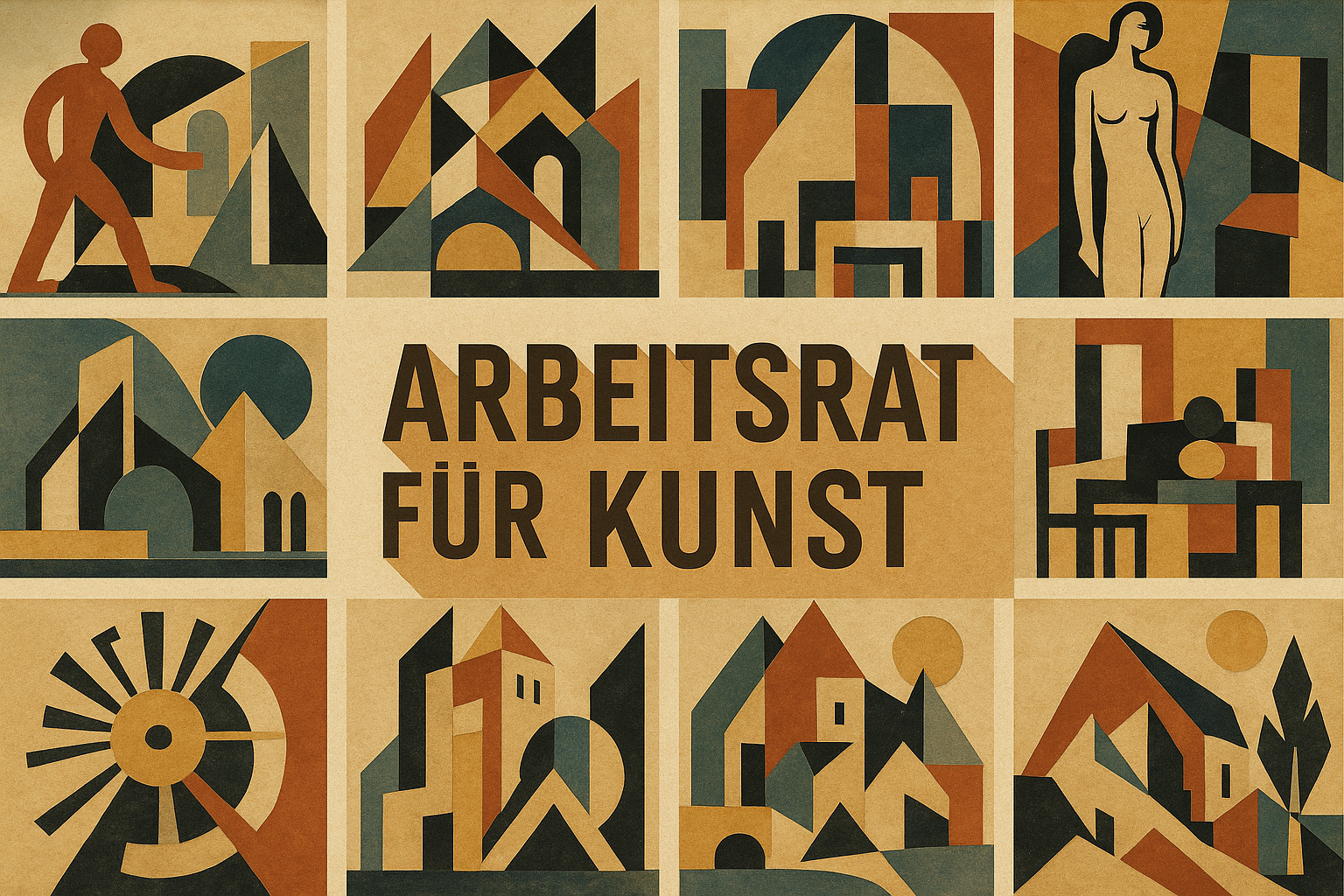
Arbeitsrat für Kunst
The Arbeitsrat für Kunst style is characterized by its use of simple shapes and colors. The style is often described as being “geometric” or “constructivist.” Arbeitsrat für Kunst artists often used found objects in their work, and they frequently incorporated text into their compositions.
AOI thinking about Arbeitsrat für Kunst [+_~]-/
Overview and Quickfacts
The Arbeitsrat für Kunst was a German artists’ association founded in 1919. It was one of the most important artistic movements of the Weimar Republic. The group was made up of artists, architects, and designers who wanted to make art accessible to the working class. They believed that art should be a part of everyday life, not just something that was displayed in museums or galleries. The Arbeitsrat für Kunst had a major impact on the development of German art in the 20th century.
Can understand it also, as:
Arbeitsrat für Kunst can be synonymized with “Art Workers’ Council.”
Categorize it as:
Impressionism, Modernism
.: Dreaming :.
Dreams in stone and light, visions shaped by worker's hands— truth wears crafted form.
:. Thought is power .:
Detailed Description
Arbeitsrat für Kunst (Work Council for Art) was a German artists’ association founded in 1918. It was one of the most important artistic movements of the Weimar Republic. The group was made up of artists, architects, and sculptors who were committed to creating a new, modern art for the German people. The Arbeitsrat für Kunst was founded by Walter Gropius, who was also the founder of the Bauhaus. Other important members of the group included Ludwig Mies van der Rohe, Wassily Kandinsky, and Paul Klee. The group’s ideas were very influential, and they had a significant impact on the development of modern art. The Arbeitsrat für Kunst believed that art should be accessible to everyone, and they worked to make art more democratic. They also believed that art should be used to promote social change. The group’s most famous project was the Volkshalle, or People’s Hall, which was designed to be a monument to the German people. The Volkshalle was never built, but the group’s ideas about public art had a lasting impact. The Arbeitsrat für Kunst was active for only a few years, but its ideas were very influential. The group’s commitment to social change and to making art more accessible to everyone was ahead of its time, and their ideas continue to be relevant today.
.. beep, beep, beep ..
<START OF TRANSMISSION>
1. Arbeitsrat für Kunst (AfK) was a German artists' association founded in 1918. 2. Its members included some of the most important artists of the Weimar Republic, such as George Grosz, Hannah HÃÂöch, and John Heartfield. 3. The AfK was committed to the idea of a "total work of art" (Gesamtkunstwerk), which would integrate all the arts into a single, unified whole. 4. It also advocated for the use of art in public life, believing that it could help to improve society. 5. The AfK organized a number of exhibitions, including the landmark "Exhibition of Degenerate Art" in 1937. 6. The AfK was disbanded in 1933, when the Nazi regime came to power in Germany. 7. Its members were persecuted by the Nazis, and many of them were forced to flee the country. 8. The AfK had a significant impact on the development of modern art, both in Germany and internationally.
<EOF>
.. robbel bob
Visual Examples from our image gallery
Coming soon, we are so slow .. might never come
Artists, Paintings, and more
(be aware, can be highly speculative)
Artists (be aware, speculation possible):
1. Ernst Barlach (1870-1938) 2. Kähte Kollwitz (1867-1945) 3. George Grosz (1893-1959) 4. Otto Dix (1891-1969) 5. Max Beckmann (1884-1950) 6. Hannah HÃÂöch (1889-1978) 7. John Heartfield (1891-1968) 8. Rudolf Schlichter (1890-1955) 9. Christian Schad (1894-1982) 10. Georg Scholz (1890-1945) 11. Oskar Kokoschka (1886-1980) 12. Max Pechstein (1881-1955) 13. Erich Heckel (1883-1970) 14. Ernst Kirchner (1880-1938) 15. Karl Schmidt-Rottluff (1884-1976) 16. Emil Nolde (1867-1956) 17. Paula Modersohn-Becker (1876-1907) 18. Max Liebermann (1847-1935) 19. Lovis Corinth (1858-1925) 20. Otto Mueller (1874-1930) 21. Max Slevogt (1868-1932) 22. Lesser Ury (1861-1931) 23. Heinrich Zille (1858-1929) 24. Max Beckmann (1884-1950) 25. George Grosz (1893-1959) 26. Ernst Barlach (1870-1938) 27. Kähe Kollwitz (1867-1945) 28. Oskar Kokoschka (1886-1980) 29. Max Pechstein (1881-1955) 30. Erich Heckel (1883-1970)
Artworks (be aware, speculation possible)
1. “The Beggar” by Ernst Barlach (1923) 2. “The Broken Jug” by Georg Kolbe (1914) 3. “The Cathedral” by Ernst Barlach (1926) 4. “The Cry” by Ernst Barlach (1923) 5. “The Dancers” by Ernst Barlach (1925) 6. “The Death of Tintagiles” by Ernst Barlach (1922) 7. “The Floating One” by Ernst Barlach (1923) 8. “The Grief” by Ernst Barlach (1923) 9. “The Guardian Angel” by Ernst Barlach (1923) 10. “The Lonely Ones” by Ernst Barlach (1923) 11. “The Mother” by Ernst Barlach (1923) 12. “The Pensive One” by Ernst Barlach (1923) 13. “The Prophet” by Ernst Barlach (1923) 14. “The Rescue” by Ernst Barlach (1923) 15. “The Sower” by Ernst Barlach (1923) 16. “The St. John Altar” by Ernst Barlach (1925) 17. “The Three Kings” by Ernst Barlach (1923) 18. “The Three Ravens” by Ernst Barlach (1923) 19. “The Wanderer” by Ernst Barlach (1923) 20. “The Wayfarer” by Ernst Barlach (1923) 21. “Tower in the Clouds” by Ernst Barlach (1923) 22. “Two Men” by Ernst Barlach (1923) 23. “Two Riders on a Beach” by Ernst Barlach (1923) 24. “Waiting” by Ernst Barlach (1923) 25. “War” by Ernst Barlach (1922) 26. “Woman with a Dead Child” by Ernst Barlach (1923) 27. “Young Girl” by Ernst Barlach (1923) 28. “The Angel of the Resurrection” by Ernst Barlach (1924) 29. “Head of a Girl” by Ernst Barlach (1924) 30. “The Holy Family” by Ernst Barlach (1924)
Epoch
The Arbeitsrat für Kunst existed from 1919 to 1923.
AI ART RESSOURCES (AKA, well Tools)
Helping tools -> predefined search links on other pages:







